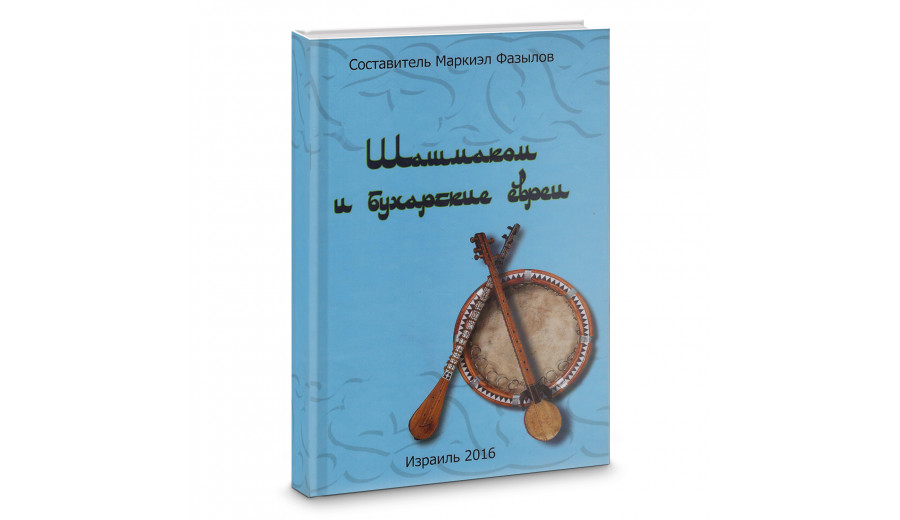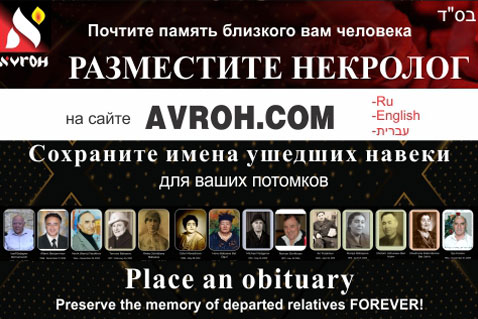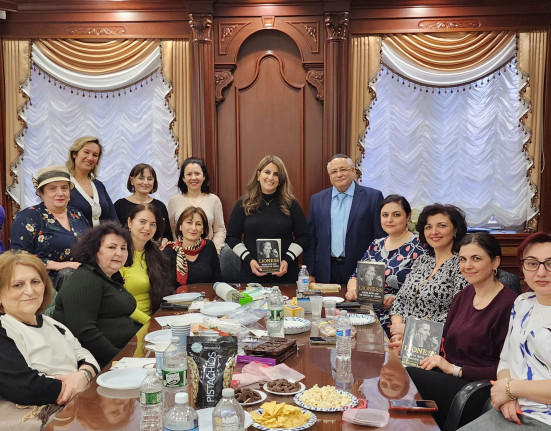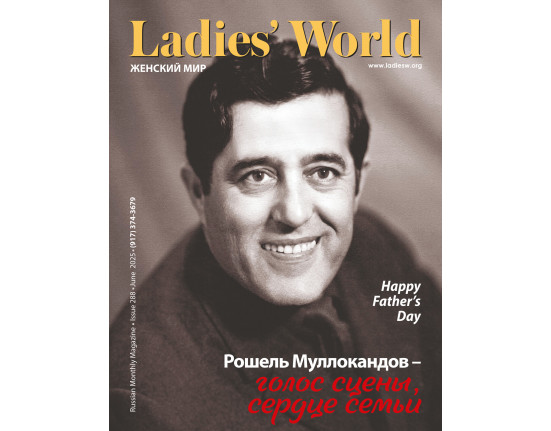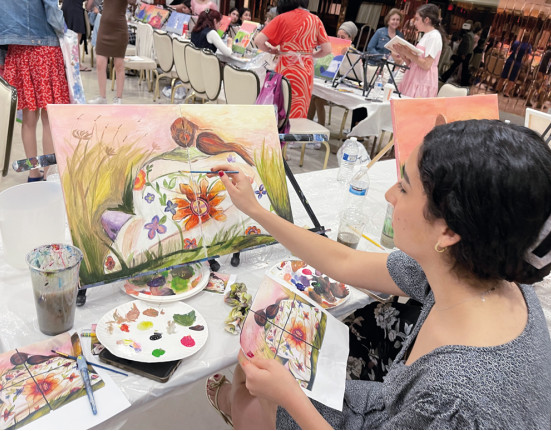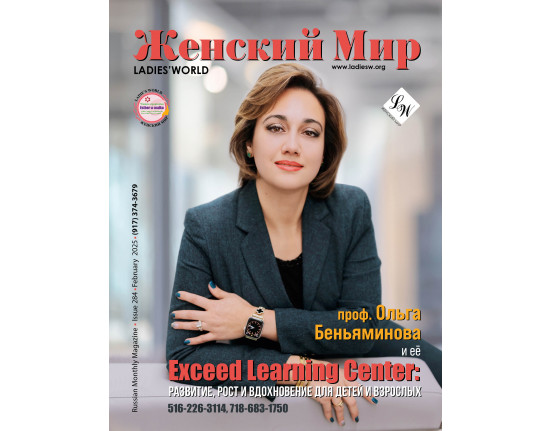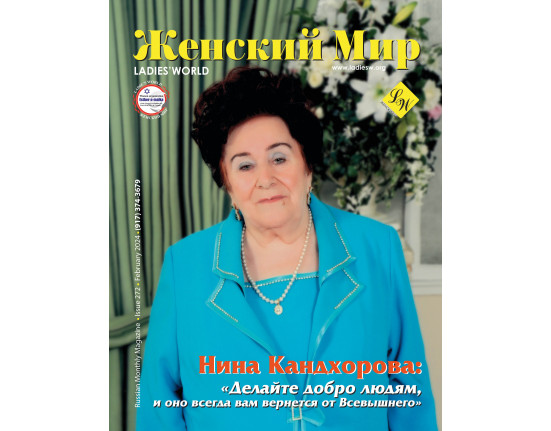All researchers agree that the form of Shashmaqom that has reached us is Bukharian, and that it was shaped in Bukhara. According to one of the leading scholars of Shashmaqom, Alexander Jumaev of Tashkent: “Bukharian Shashmaqom is one of the main types of classical music in Central Asia. It took shape over several centuries in the context of Bukhara’s ancient musical traditions. Bukhara is the birthplace of Shashmaqom. Three main traditions contributed to its development: Tajik, Turkic-Uzbek, and Bukharian Jewish.”
Thus, Shashmaqom should be viewed as
the collective creation of several peoples. Folk creativity has always included
genres like proverbs, tales, and riddles—works without identified authors. The
same applies to musical folklore. The names of the composers who created the
music of Shashmaqom were not preserved, as musical notation did not exist at
the time.
In contrast, the names and works of
Jewish poets from Bukhara and Samarkand have survived—though only beginning in
the 17th century. This is not surprising: Bukharian Jews as a distinct group
formed in Bukhara during the 17th century, after the establishment of the
Khanate. Before that, they lived primarily in the Persian Empire, Iraq, Syria,
and other parts of the East. As Professor David Ochil’diev noted: “Bukharian
Jews are a Babylonian-Persian branch of world Jewry that took shape in Bukhara
during the 17th–18th centuries.”
Who lived in Bukhara during this
period? Mainly Tajiks, Uzbeks, and Jews. It is known that Bukhara became the
capital of the new Khanate in 1533, replacing Samarkand, which had been the
capital of Tamerlane’s empire until 1499. There is no evidence of a Jewish
community under the Timurids. Of course, Jews lived in Samarkand, Merv, Khorezm,
Bukhara, and other cities in ancient and medieval times—but they were not the
ancestors of today’s Bukharian Jews. Those communities disappeared into
history.
The Jewish community that exists
today in Bukhara was formed by migrants from Iran, Iraq, Afghanistan, Yemen,
Syria, and even Turkey and Morocco in the 17th century. Proof of this lies in
the creation of the Bukharian Jewish culture and the Farsi-Bukhori language, as
well as preserved sites: the oldest synagogue in Bukhara is 400 years old, and the
preserved Jewish quarter and cemetery are no older than 300–400 years.
Genealogical research also confirms
that Bukharian Jews began settling in Bukhara in the 17th century. This is why,
to the outside world, they are known as Bukharian Jews. Family nicknames also
reflect their origins: Eroni, Mashhadi, Kobuli, Arav, and
others—indicating roots in Iran, Mashhad, Kabul, Arab countries, and beyond.
The Bukharan Emirate lasted for 400
years, until 1920. In 1922, the USSR was established, and the lands of the
Emirate, together with the Khiva and Kokand Khanates, were divided into five
republics: Uzbekistan, Turkmenistan, Tajikistan, Kyrgyzstan, and Kazakhstan.
Only in the mid-20th century did the question of Shashmaqom’s national identity
arise. Soviet encyclopedias described it as the music of Tajiks and Uzbeks.
Tajiks, for example, base their claim on the Persian titles of Shashmaqom’s
sections.
Most scholars agree that the current
version of Shashmaqom was shaped in the late 18th to early 19th centuries. Jumaev
himself concludes: “In its present form, Shashmaqom took shape in the second
half of the 18th and early 19th centuries… The first written mention of the
word ‘Shashmaqom’ appears in 1847.”
Some argue that the roots of maqom
lie in Persia. However, Jews who came to Bukhara did not bring Shashmaqom with
them from Iran, as it was not sung there. But they did bring their cuisine - dishes
like bakhsh, sirkaniz, kichiri, chalpak, and others remain shared across
Bukharian, Iranian, and Iraqi Jewish communities.
Therefore, the Bukharian Shashmaqom
that has survived to this day is not as ancient as sometimes claimed. This also
confirms that Jews learned it in Bukhara and may well have contributed to its
development. While the names of Tajik and Uzbek court singers from earlier
times are lost, we do know the names of both Jewish and Tajik performers from
the second half of the 19th century, during the reign of Emir Muzaffar
(1860–1885), and later Emirs Seyid Ahmad Khan (1885–1910) and Abdulla Alim Khan
(1910–1920).
Among the renowned masters of that
era were Domla Khalim Ibadov, Ota Giyas Abduganiev, Borukh Kalhok Babaev, Yosef
Gurg Gurgov, Dovidcha Inoyatov, Levicha Bobokhanov, and others. The first known
court singer of Shashmaqom, Ota Jalol Nasirov, lived in the Jewish chala
quarter of Bukhara—Jews who had been forced to convert to Islam. Some scholars
believe Ota Jalol himself was of Jewish origin.
Bukharian Jews became the finest
performers of Shashmaqom. During the Soviet era, the reputation of Jewish
singers like Neryo Aminov, Barno Iskhakova, and others was so great that their
performances are still considered the gold standard. Bukharian Jews were also
recognized as exemplary tanbur players. The complete cycle of Shashmaqom
contains 254 pieces; in the 1959 encyclopedia published in Uzbekistan, 155 were
transcribed by academician Yunus Rajabi—88 of them performed by Borukh Zirkiev,
44 by Mikhoel Tolmasov, with most of the rest also played by Bukharian Jews.
Why did Rajabi place greater trust in Jewish performers than in Tajiks and
Uzbeks?
Modern researchers often reduce the
role of Bukharian Jews to that of brilliant performers, forgetting that after
their emigration to Israel and the U.S., Shashmaqom was rarely sung in
Tajikistan or Uzbekistan. No wonder American musicologists now suggest: “Recognize
the U.S. and Israel as the new homelands of Shashmaqom.”
I would also like to address those
Bukharian Jews who claim Shashmaqom belongs exclusively to Jews. Some even
argue that its origins are found in the Torah and that Bukharian Jews descend
from the Tribe of Reuven. They cite ancient instruments resembling modern ones,
or religious chants that borrowed Shashmaqom melodies. But in truth, such
melodies entered Jewish liturgy only 150–200 years ago. Similarities can be
found across many ancient cultures—India, China, Egypt.
Moreover, Jewish history in Bukhara
was not continuous. As Narshakhi’s History of Bukhara (10th century)
states, there were no Jews in Bukhara before Islam. The first written mention
of Jews in Bukhara dates only to 1240, under Genghis Khan.
One example of a misconception is
the song Ushshoqi Samarkand. Its melody was composed by the Tajik singer
and composer Abduaziz Rasulov (1852–1936) of Samarkand, with lyrics by the
poetess Zebunisso (1639–1702), daughter of the king in Delhi. The poem is about
love, with no mention of Samarkand, and the song itself was never part of the
Shashmaqom cycle.
In 2008, UNESCO recognized
Shashmaqom as the intangible cultural heritage of Uzbekistan and Tajikistan.
But culture belongs to people, not countries. Bukharian Jews, along with Uzbeks
and Tajiks, can rightfully claim authorship of Shashmaqom melodies. As Jumaev
noted: “In our time, declaring Shashmaqom the national art of Uzbekistan and
Tajikistan creates a problem, since the main performers of Shashmaqom were
Jews.”
Unfortunately, Israel never applied
to have Shashmaqom recognized as part of its heritage. Others have been
luckier: in 2016, plov was recognized as part of Uzbek culture; in 2022,
borscht as part of Ukrainian culture; and the baguette as part of French
culture. So the question remains—what country will file the application for bakhsh
or oshi sabo?
Markiel Fazylov,
Chairman of the Forum “Cultural Heritage of Bukharian Jews”

